Growing leeks is our specialty! Find out all about leeks, from their origins and nutritional values to our tips on buying, cleaning and preserving them. And find out how we grow leeks at Les Cultures de chez nous!
The origin of leeks
Leeks, whose Latin name is Allium porrum, are a cousin of the onion and a member of the lily family. Leeks have been consumed since ancient times and originated in Central Asia. At that time, it was already on the menu of the Egyptians. Later, the Romans, pioneers of gastronomy, cooked leeks extensively, especially for their sumptuous feasts.
In the Middle Ages, leek cultivation was introduced to Europe, where it has remained a highly prized vegetable to this day. Wales even dedicated its emblem to the leek, and it remains the national vegetable to this day. Leek cultivation spread to North America with the arrival of the first settlers. Both a vegetable and a condiment, leeks have constantly enhanced a wide variety of dishes with their unique fragrance and milder, sweeter taste than onions.
Leek nutrional values
Leeks are undoubtedly the aromatic vegetable par excellence. You can eat everything on leeks, both the white and the green. So there is little wasted when you eat it, and you can benefit from all its nutritional advantages.
Leek is a vegetable rich in minerals (iron, potassium, phosphorus, magnesium, copper and calcium). It also has a low calorific content. Its low‑calorie and high vitamin and mineral content also give it a high nutritional density.
Leeks are rich in vitamins A, B1, B2, B3, B9 (folic acid) and C, and have numerous medicinal properties. For example, it helps protect against the risk of certain cancers in the same way as other fresh, colourful vegetables, as shown in numerous nutritional surveys.
It also has a high-fibre content and helps regulate intestinal function. The pectins and celluloses in leeks work in synergy to gently stimulate intestinal movement.
It is also a recognized diuretic and laxative. Leeks’ diuretic properties are due to specific carbohydrates, fructosans and a high potassium/sodium ratio. Eaten as a broth or an entire vegetable, leeks facilitate kidney elimination and are an excellent antiseptic and tonic!
To see the updated nutritional values table for leeks and to find out about their average composition, the amount of vitamins and minerals they contain, and their energy intake, consult the leek nutritional data sheet from the Agency for research & information on fruit & vegetables (Agence pour la recherche et l’information en fruits et légumes ‑ Aprifel).
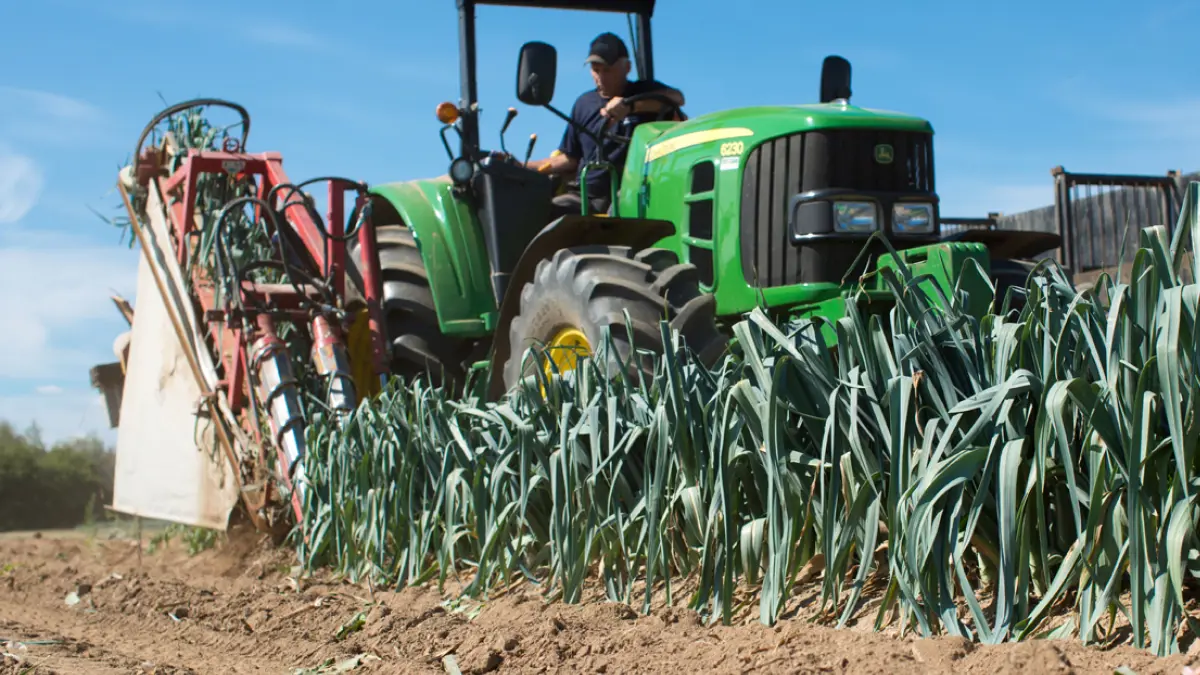
Buying, cleaning and preserving leek
There are three main species in the leek family. Even if their colours are slightly different, you will surely get the same great taste! To recognize them, summer leeks have light foliage, fall leeks have dark green foliage, and winter leeks have a pronounced bluish‑green foliage.
Whole leeks
When choosing leeks at the grocery store, prioritize those that are straight and firm, with green leaves and no brownish spots.
Whole leeks keep for around 2 weeks in the fridge. To clean, make an incision along its length before running it under water to remove any soil or sand between the leaves, then dry.
For freezer storage, the best way is to slice leeks before freezing. Once cleaned and sliced, leeks can be stored for around 5 months in the freezer in a freezer bag or airtight container.
In grocery stores, you will find our leeks individually or in packs of 3 or 5. For formats available for sale and distribution, please consult our leeks technical data sheet.
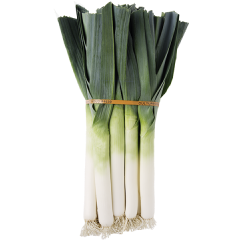
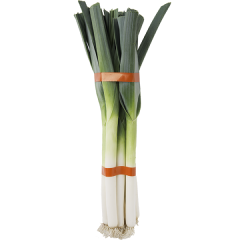
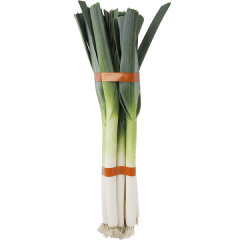
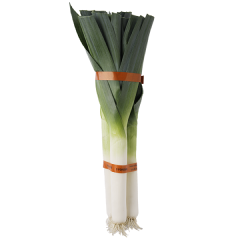
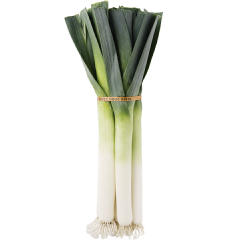
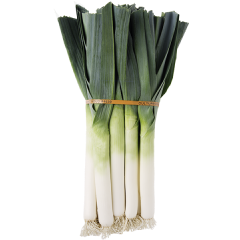
Packages of sliced leeks
Our 250 g packages of washed, ready‑to‑cook sliced leeks contain the equivalent of 2 whole leeks and give about 4 cups (1 litre) of leeks. They are ready to use, simplify your life in the kitchen and are perfect for quick cooking.
Our packages of sliced leeks can be kept for 14 days in the fridge.
To freeze leeks that have already been washed and sliced, transfer them to a freezer bag or airtight container. We do not recommend freezing sliced leeks in their original bag, as it contains tiny holes to let them breathe and retain their freshness longer.
In all grocery stores, you will find our leeks in single 250 g packages. For sizes available for sale and distribution, please consult our leeks technical data sheet.
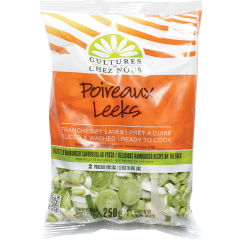
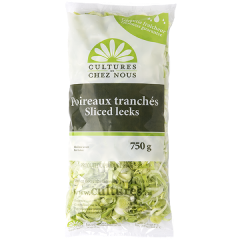
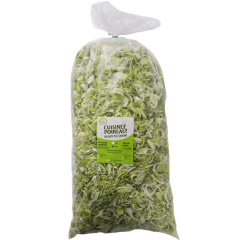
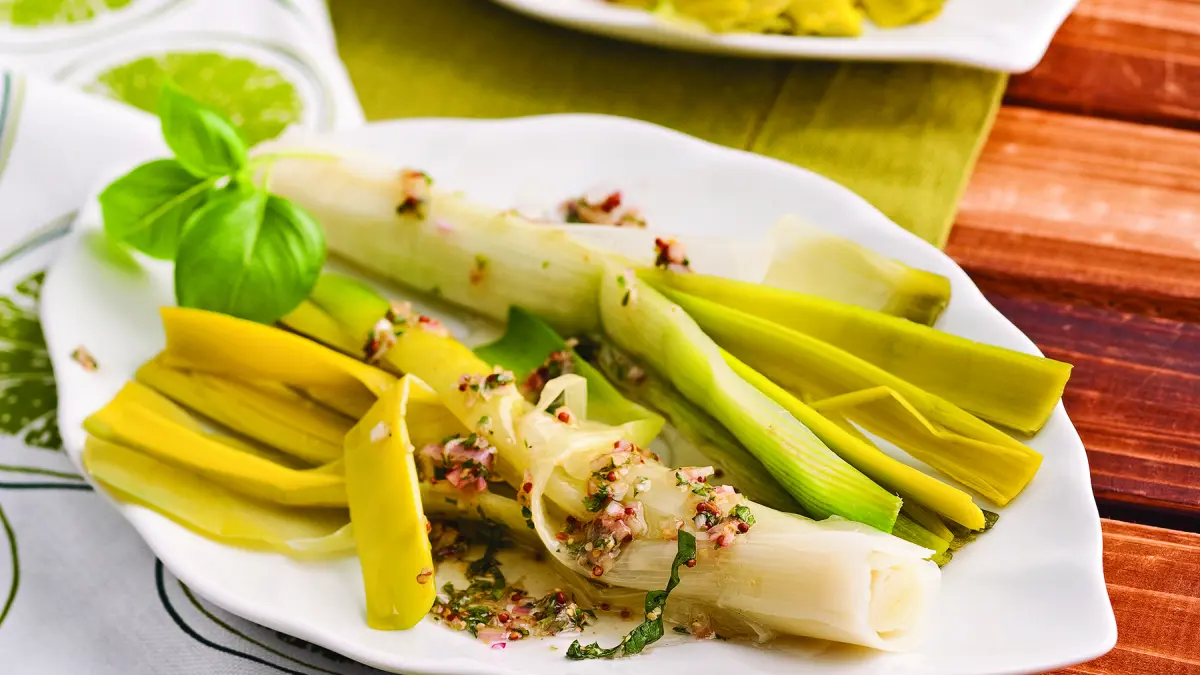
Leek growing
Each year, we plant millions of Quebec leeks in our Sainte‑Brigitte‑des‑Saults fields. But before they make their way from our fields to your plate, our leeks go through several steps to become the kings of your recipes:
- From late February to May, we plant the seeds in trays in the greenhouse. Each seed has its own cell and grows in our greenhouses until spring arrives.
- Between May and mid‑June, when the soil in our fields has thawed enough, our team is busy in the fields, planting each of our shoots individually by hand.
- Throughout the summer, mechanical and manual weeding around the leeks to give them the best possible growth. Also, we cover the white part of the leek (the stalk) to maximize its mild, slightly sweet taste.
- From mid‑August or early September to mid‑November, leeks are machine‑harvested, then washed, trimmed, sliced (for our packages of ready‑to‑cook sliced leeks), packaged and delivered to grocery stores in our refrigerated trucks.
Thanks to our on‑farm warehouses, we generally have Quebec leeks from August to March. From March, as it is impossible to grow leeks year‑round in Quebec, we have to import leeks to keep up supplies and guarantee year‑round work for our 80 employees. However, they are still prepared and packaged on our premises in Sainte‑Brigitte‑des‑Saults, so you can always enjoy quality leeks!
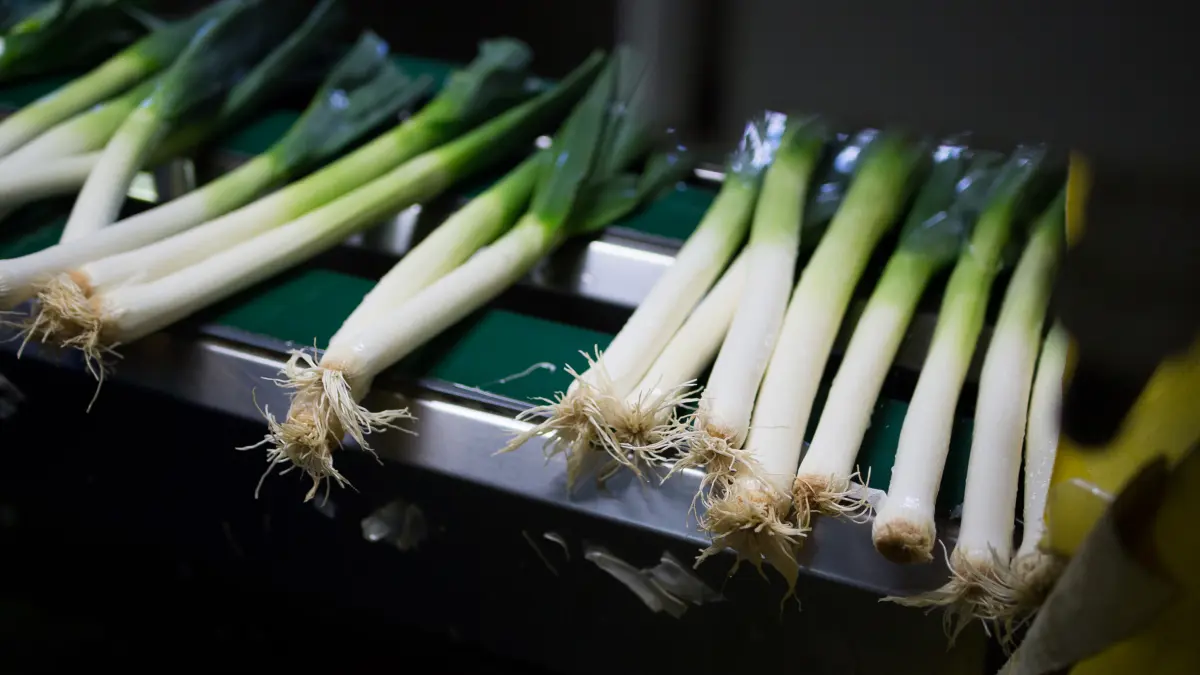
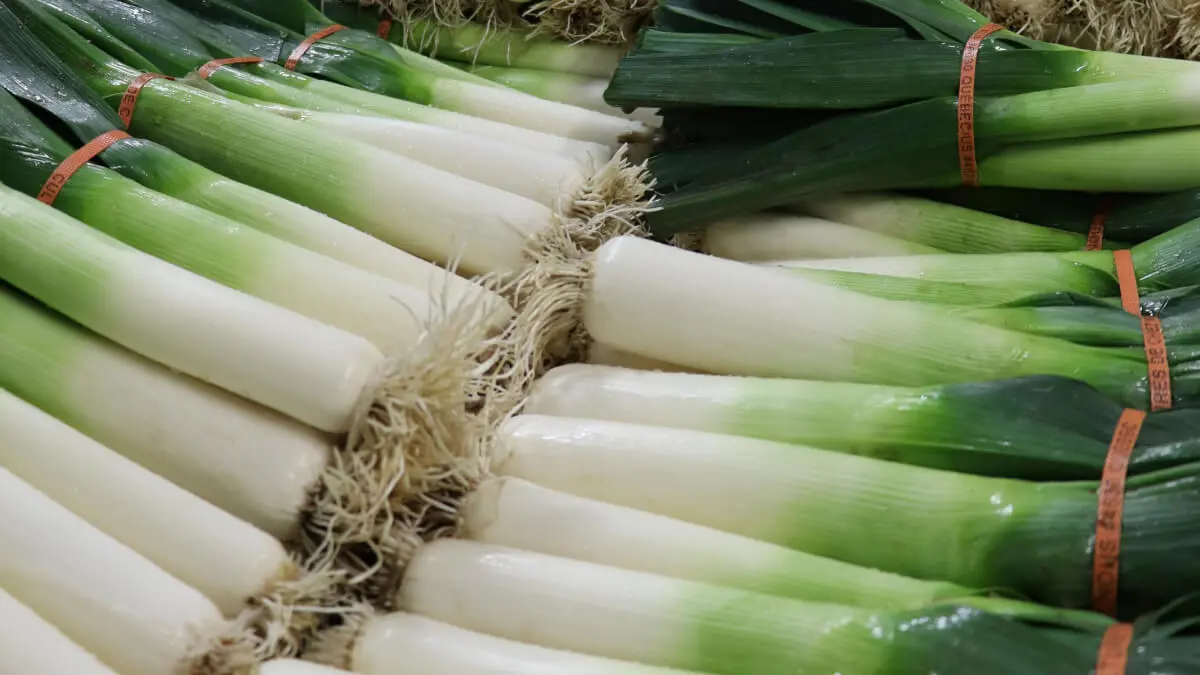
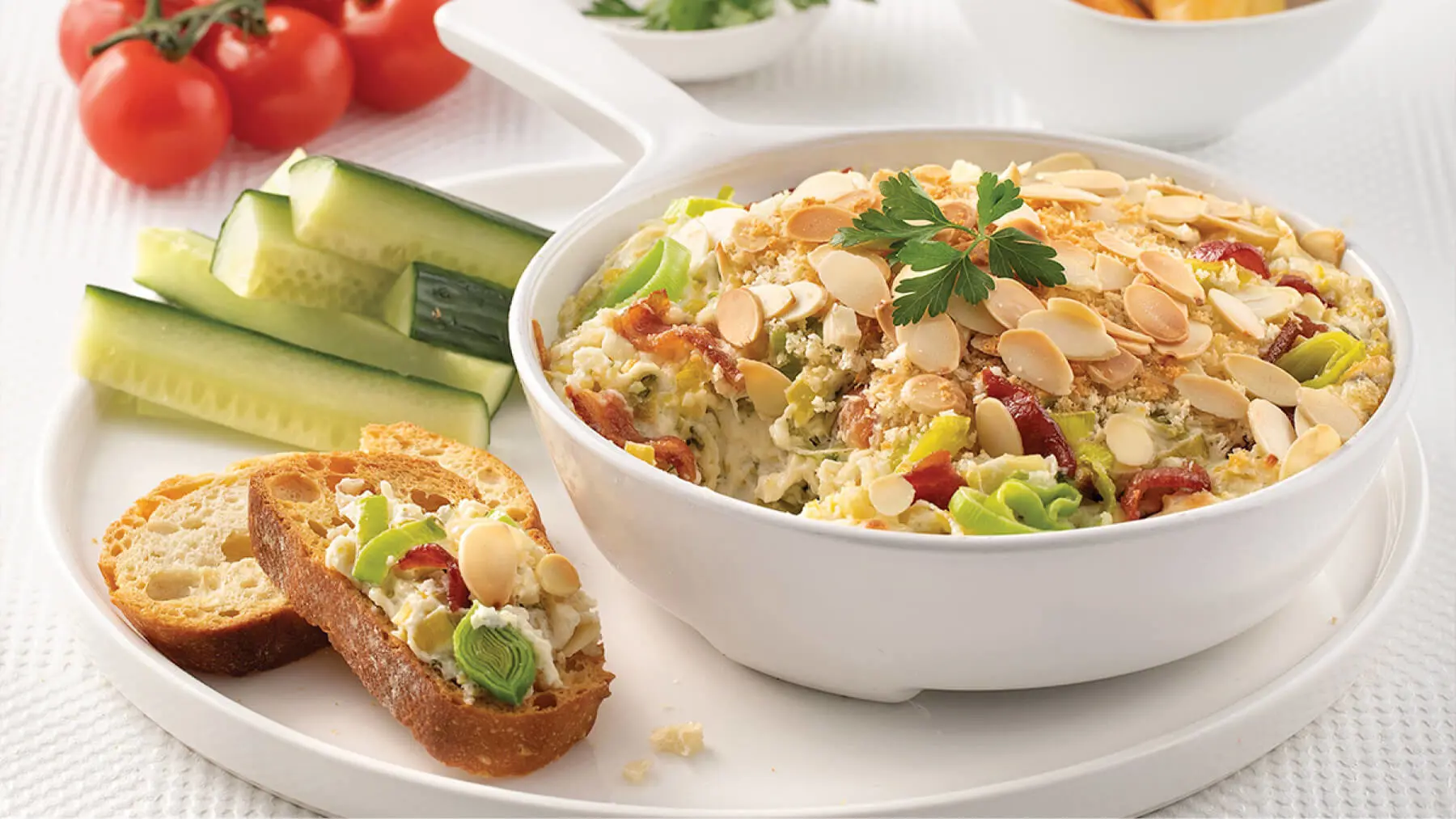
Leek recipes thanks to Crazy Leeks
Do you need some inspiration for cooking our leeks? You are lucky because we have created Crazy Leeks, a website devoted entirely to recipes with the leeks, asparagus, squashes and berries we grow. Whether you are looking for a leek vinaigrette appetizer, a side dish of baked leeks, grilled leeks on the BBQ, or recipes for appetizers, brunches or main courses, we’ve got a ton of recipes to suit every taste.
See our leek recipes